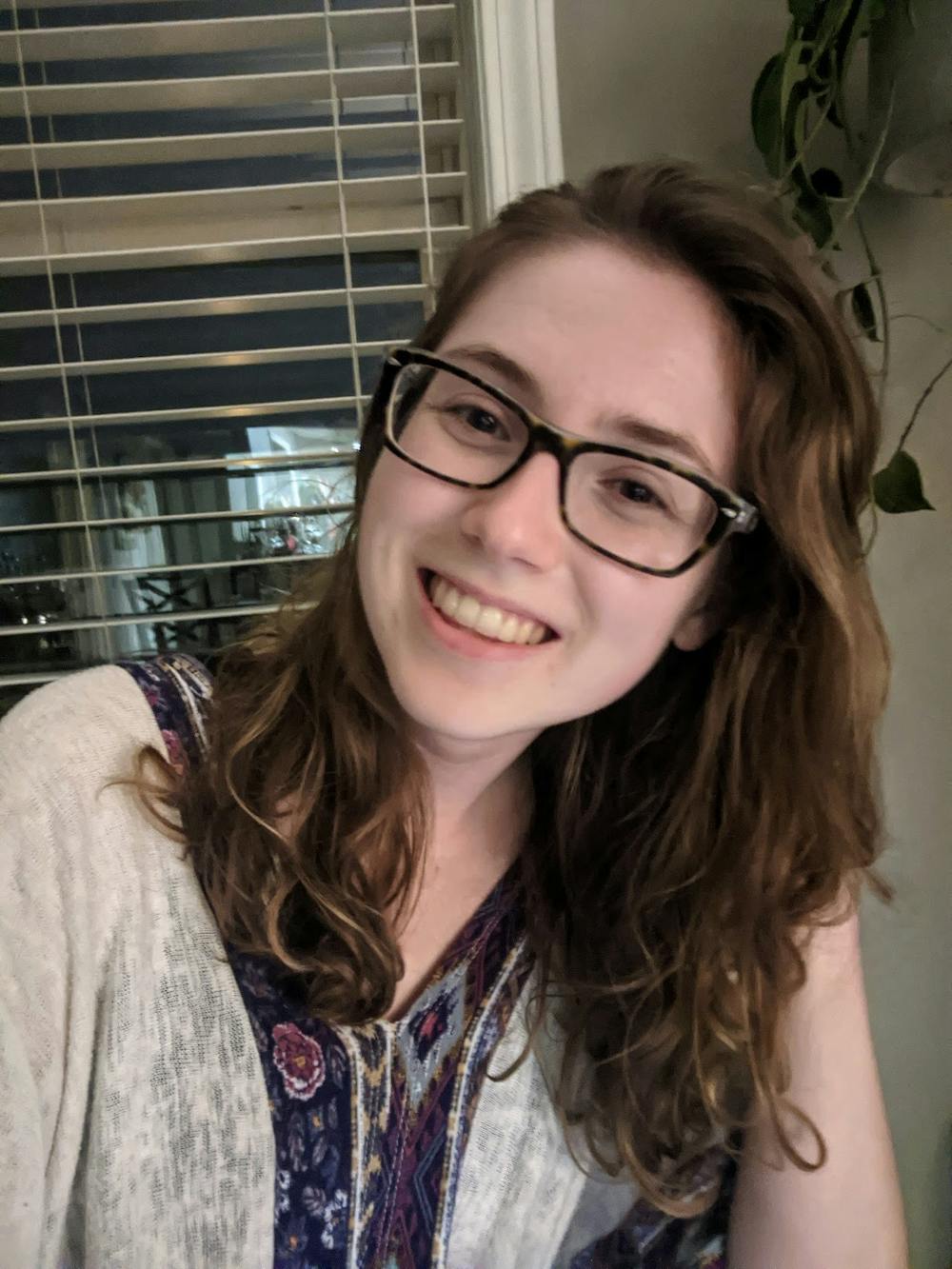Growing up, my dad would make himself a cup of black coffee and walk over to our big red couch. He would sit on the end, place his mug on the side table to make way for a cat to jump onto his lap. He would spend the next half hour just sipping his coffee and petting the attention needy feline.
This may not seem like yoga, but as a registered yoga teacher, I would argue it is.
Our expectation of what yoga is often gets in the way of us doing it or believing we are doing it. While yoga can look like a person performing a pose in a picturesque place, perhaps with a rushing waterfall, it’s not just that.
Yoga is a moment of connection. In fact, the word yoga comes from the word yoke, meaning to bind. So, let’s go back — how was my dad leading an example of yoga?
I asked him one day what was he really doing each morning. What was he thinking about? He told me nothing much, just enjoying his coffee and a cat. He said he didn’t feel he was thinking of anything in particular. What he was practicing, but couldn't find the word to describe was meditation.
Sure, he wasn’t in a criss-cross position with his palms facing up and chanting some “ohms,” but he was intentionally living in the moment. Meditation is about anchoring in the present and letting our thoughts drift by, free of judgment. Meditation is as much of yoga as poses are.
One of the major texts of yoga is "The Yoga Sutras" by Patanjali. Sutra means thread. The sutras are written as short sentences that are meant to give insights to the reader about yoga philosophy. There are many interpretations of yoga philosophy, but in Patanjali's case, it is about reaching a form of enlightenment called Samadhi.
Within "The Yoga Sutras," Patanjali maps out steps, or limbs, on how to begin the path towards Samadhi. The first limb being Yamas, vows focused on external forces. Niyamas are vows focused inward. Asana, the third limb, is the poses we often think of. Pranayama, the fourth limb, is focusing on the breath. Pratyahara is withdrawing from the senses, dharana is concentration, and dhyana is meditation.
None of these steps have to happen in order. Most people find yoga with the asana, the third limb. Once someone reaches Samadhi, it’s not everlasting. It’s a brief moment and the cycle begins again. The Yoga Sutras also show that yoga is not one thing. It's not solely the poses and does not always happen in a structured way. In Dennis Hill’s translation of the sutras, the first sutra is “Now, yoga.” Yoga can happen anywhere at any time.
Another unorthodox example of yoga is in my mother's routine. Every evening before bed, she has to read a book. This book is usually fantasy or some kind of historical fiction. She claims she can’t sleep until she gets under the covers and reads a few pages.
The act of reading is allowing her mind to rest and focus on one thing. This can be seen as the fifth limb mentioned, dharana. This concentration is generally used to segue into meditation. While she generally closes the book before a meditation takes place, this is still a practice that allows for the mind to settle before going to sleep.
While it may be everywhere and we can do yoga at any time, that doesn’t mean it’s easy. I am a yoga instructor and I still roll out of bed for my 20-minute asana practice thinking: “I don’t really want to do this, not this morning.”
In a bustling world, it’s hard to take time for ourselves. It’s hard to hit pause. It’s hard to connect with our mind, our body and our spirit. There are some days I can’t get myself to do an asana practice, but I still do yoga.
As previously mentioned, one of the easiest ways to invite yoga into our lives is by letting go of our expectations. So maybe it’s too cold and I don’t want to get out of bed yet. Instead of getting up for asana, I change my expectation of what yoga is going to look like for me for that day. I roll onto my back, close my eyes and focus on the breath: pranayama. It’s small, but it's enough. It gives me a moment to connect with my body, still my mind and prepare for the day.
In short, everyone does yoga and everyone can do yoga. You just have to find your yoga and it may change day by day and that is ok. I will leave you with what many yogis leave with: namaste, the divine light in me honors the divine light in you.
Do you like this story? The Plainsman doesn't accept money from tuition or student fees, and we don't charge a subscription fee. But you can donate to support The Plainsman.

Abigail Murphy, senior in journalism with minors in history and women and gender studies, is the operations managing editor at The Auburn Plainsman.





